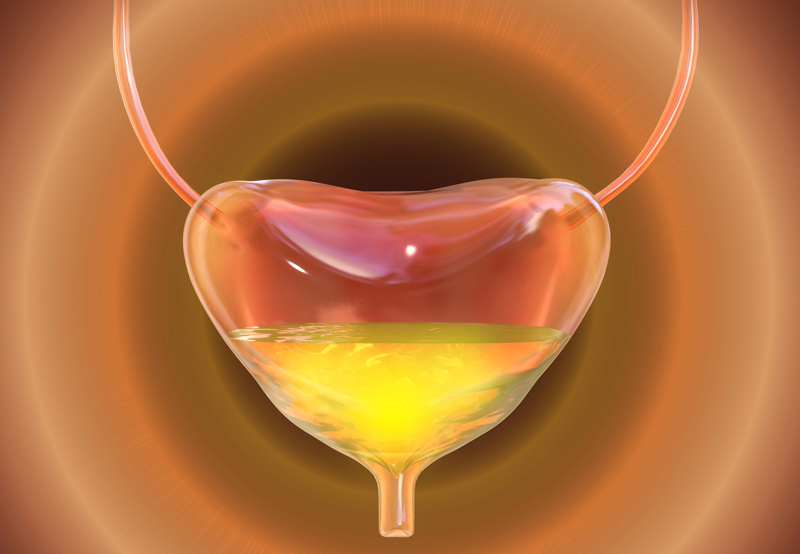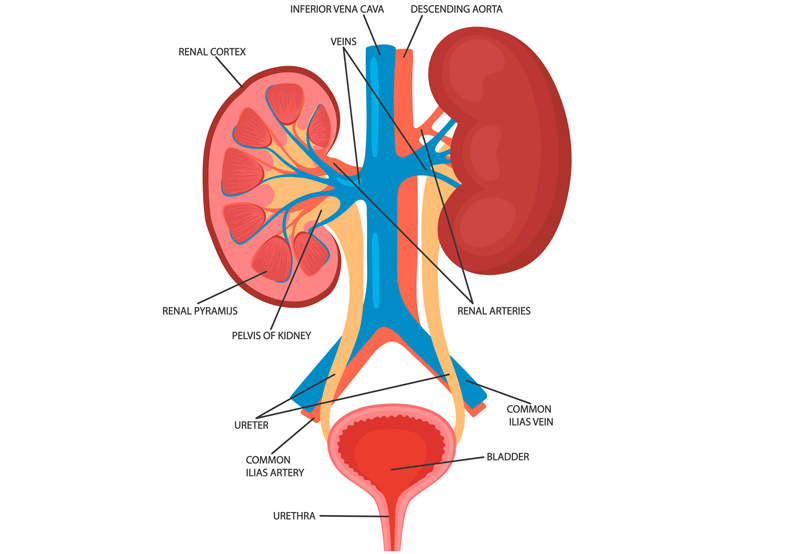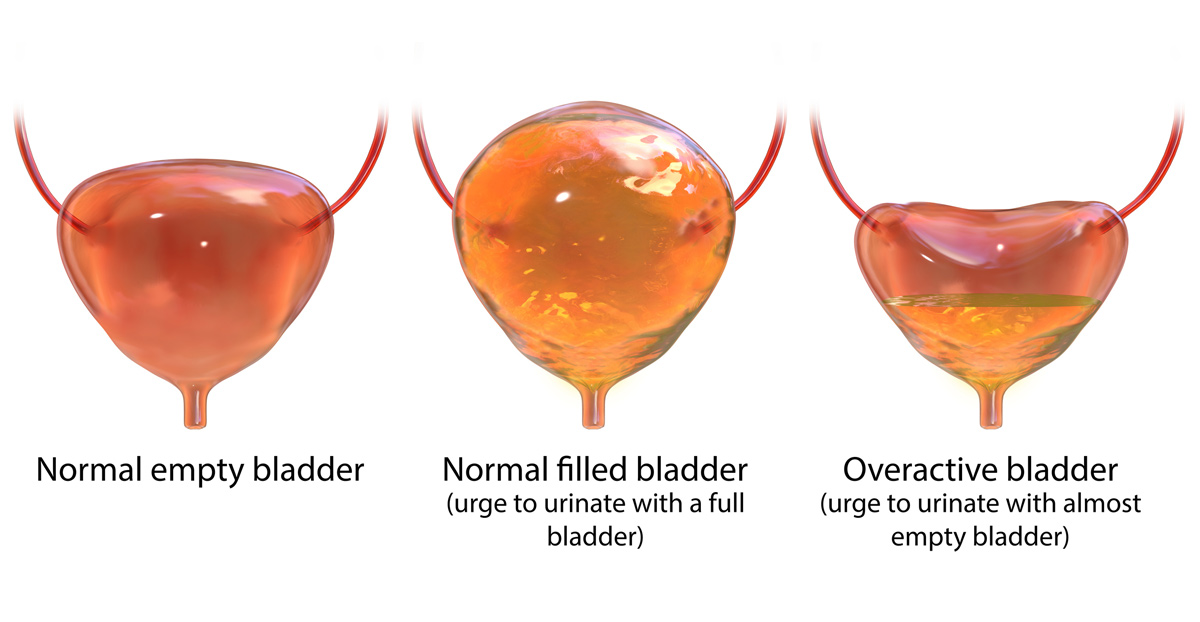

Overactive and underactive bladder refer to two groups of urinary symptoms in which the individual experiences either a sudden, uncontrolled need to urinate or an inability to fully empty the bladder.
Symptoms of Overactive & Underactive Bladder
Patients with overactive bladder (OAB) have a sudden need to urinate and may experience incontinence. On the other hand, patients with underactive bladder may experience:
- Frequent urination
- Nocturia (frequent urination at night)
- Overflow, urge, or stress incontinence
- Hesitancy to urinate
- Inability to fully empty the bladder
- Straining to urinate
- Recurrent infections

Causes of Overactive Bladder
Overactive bladder occurs when the signals between the bladder and brain don’t work properly. Nerve signals might tell the bladder to empty when it isn’t full. Hyperactive bladder muscles may also cause OAB.
Risk Factors For OAB
The following factors may increase the likelihood of developing OAB:
- A urinary tract infection
- Hormone changes
- Neurologic disorders or damage to the signals between the brain and bladder
- Pelvic muscle weakness or spasms
- Side effects from a medication
- Diseases that affect the spinal cord or brain, such as multiple sclerosis and stroke
Causes of Underactive Bladder
The condition may be caused by the following conditions:
- Aging
- Diabetes
- Bladder outlet obstruction
- Multiple sclerosis
- Parkinson disease
- Neurologic disorders
- Acute cerebrovascular accidents
- Pelvic surgery
- Herniated disc
- Pelvic and sacral fractures
- AIDS
- Neurosyphilis
- Herpes zoster and herpes simplex
- Lesions of the pudendal nerve
- Infectious neurological problems
- Guillain-Barré syndrome
- Injury to the cauda equina, spinal cord, and pelvic plexus
Diagnosing Overactive & Underactive Bladder
Patients experiencing symptoms of OAB or UAB should schedule an appointment with their physician or urologist for diagnosis and treatment.
To diagnose the cause of the symptoms, the physician will ask the patient about their medical history, current symptoms, impact of symptoms on daily life, current over-the-counter and prescription drugs the patient is taking, diet, and fluid intake during the day and night.
A physical exam will also be done to examine the patient’s pelvic organs and rectum. In some cases, patients may be asked to keep a bladder diary to track:
- Frequency and time of urination
- Fluid intake
- Frequency of urgent need to urinate
- Instances of incontinence
Tests that may be done to diagnose the patient’s condition include:
- Urine test to identify the presence of infection or blood
- Bladder scan to show how much urine remains in the bladder after urination
- Cystoscopy
- Urodynamic testing
Treatment For Overactive & Underactive Bladder
To manage symptoms of overactive and underactive bladder, physicians may recommend making lifestyle changes, such as:
- Limiting foods and fluids that irritate the bladder, such as tea, coffee, alcohol, some citrus fruits, tomato-based foods, chocolate, spicy foods, soda, and other carbonated drinks
- Planning bathroom visits
- Emptying the bladder twice
- Practicing waiting before urination to reduce frequency
Kegel exercises may help tighten and hold the pelvic muscles, to strengthen the pelvic floor.
Other medical and surgical treatments for overactive bladder include prescription drugs, like beta-3 agonists and anti-muscarinics. Bladder Botox, neuromodulation therapy, and percutaneous tibial nerve stimulation (PTNS), sacral neuromodulation, and bladder reconstruction may also be done to treat overactive bladder.
